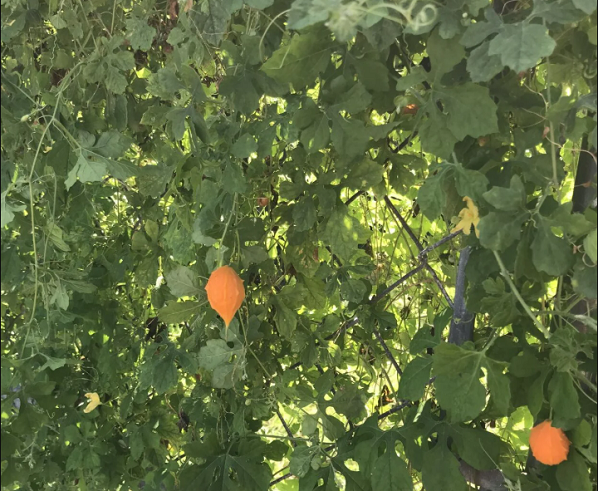
Shavaughn Moss (The Nassau Guardian) extols the benefits and beauty of bush teas. Moss writes, “Some brews can be enjoyed for the simple fact that they’re delicious and delightful.” I couldn’t agree more. Three cheers for the bush teas that bind us (in the wide Caribbean)!
Bahamian culture is steeped in the art of bush tea. Many Bahamians, especially elder statesmen, swear by the healing properties, and in some instances tout the bush as a panacea for all ailments. It’s a trend of thought that many people who grew up in the world of medicine and its pharmacopoeia of synthetic drugs are embracing as they turn to the bush in search of more natural cures. At the same time, they’re discovering that the bush teas of their forefathers can also be enjoyed for the simple fact that they’re delicious and delightful brews.
Tea drinking really is something Bahamians couldn’t escape by virtue of our history as a British colony or the teaching of our ancestors who did not have modern medicine at their disposal and resorted to the healing properties in the bush.
The Bahamas celebrated its 52nd year of independence, on Thursday, July 10, but The Nassau Guardian is taking a look at things that Bahamians uniquely enjoy – one being partaking of the bush for medicinal purposes.
Many Bahamians’ first introduction to bush tea was more than likely “partaking” in cerasee, a vine that is boiled with water which produces an extremely bitter drink believed to cure tummy aches and “clean out” the drinker as well as ward off the cold during winter. [. . .]
As the popularity of bush teas increased, and not just for medicinal value, but taste as well, many people have educated themselves on the bushes and are brewing batches at home to sell at pop up markets, while others have taken the art of bush tea brewing to the next level with storefronts making the ability to purchase teas that much more accessible to all. You get to see and learn about the teas, and what they’re good for.
Ida Rose, one of the popular tea sellers of her time, previously told The Nassau Guardian that she could recall the bush tea being the only thing people had available to them when she was growing up, and of parents and grandparents teaching their children about the healing properties of the various bush.
Besides the ubiquitous cerasee – fever grass as Bahamians refer to lemongrass, soursop tea, and hibiscus tea – are three other bush teas that are steeped in Bahamian tradition.
Fever grass is heralded as a great bush that contains substances that are thought to relieve pain and swelling, reduce fever, improve levels of sugar and cholesterol in the blood. And it has a delicious lemon flavor and wonderful citrus aroma that will scent your house beautifully when you brew a cup.
Then there’s the soursop (pawpaw/Graviola) tea which is made with leaves of the soursop fruit-bearing tree which when made into a tea is touted for the control of high blood pressure and diabetes (sugar, if you’re using the vernacular). It’s also said to be good for blood pressure. This brew is a calming one that helps with sleep. It has a mild aroma.
The hibiscus is a beautiful flower but look beyond its outer beauty to the root of the flower to the root of the flower itself, for its health benefits which include supporting and nurturing the human body. When boiled, it is a great drink for anyone with a cold as it’s high in vitamin C and helps with blood circulation. [. . .]
For full article, see https://www.thenassauguardian.com/lifestyles/steeped-in-the-art-of-bush-tea/article_bfda9a52-a9a6-4a79-bf09-d48ac2a04a7c.html#tncms-source=article-nav-next
[Photo of cerasee vine by Shavaughn Moss.]
